
A hungry chicken (who thinks he’s a flamingo) and a quick-thinking worm set off on a madcap adventure and forge an unlikely friendship.
Catalog sorted by age group

A hungry chicken (who thinks he’s a flamingo) and a quick-thinking worm set off on a madcap adventure and forge an unlikely friendship.

This book collects ancient and modern inventions. Some are revolutionary, others comical, others simply impossible. But each testifies to the extraordinary imagination of its inventor. You’ll find a flying bicycle, a bubble telegraph, passenger clouds and passenger birds, mechanical chess players, a water clock, a concentration hood, and many more incredible ideas.
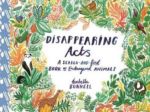
Disappearing Acts is a beautifully illustrated search-and-find book. Each page features a densely detailed landscape: rainforest, savannah, coral reef, and more. Within these landscapes are hiding threatened species such as the Adelie penguin, elephant, panda, and snow leopard, and children are invited to search the picture to find each one. Alongside each illustration run descriptions of the animals, their numbers, their habitats, and why they are endangered. At the back of the book an index of animals provides further context. Isabella Bunnell’s warm, intricate watercolors provide a delightful way to learn about our planet’s rich diversity and fragile ecosystems.eco
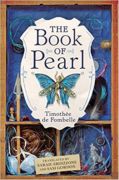
In prose as magical and intricate as the tale it tells, Timothée de Fombelle delivers an unforgettable story of a first love that defines a lifetime.
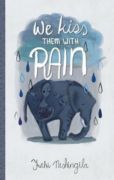
Life wasn’t always this hard for 14-year-old Mvelo. There were good times living with her mother and her mother’s boyfriend. Now her mother is dying of AIDS and what happened to Mvelo is the elephant in the room, despite its growing presence in their small shack. In this Shakespeare-style comedy, the things that seem to be are only a façade and the things that are revealed hand Mvelo a golden opportunity to change her fate. We Kiss Them With Rain explores both humor and tragedy in this modern-day fairy tale set in a squatter camp outside of Durban, South Africa.
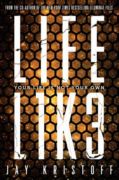
On an island junkyard beneath a sky that glows with radiation, a deadly secret lies buried in the scrap. Seventeen-year-old Eve isn’t looking for trouble–she’s too busy looking over her shoulder. The robot gladiator she spent months building has been reduced to a smoking wreck, she’s on the local gangster’s wanted list, and the only thing keeping her grandpa alive is the money she just lost to the bookies. Worst of all, she’s discovered she can somehow destroy machines with the power of her mind, and a bunch of puritanical fanatics are building a coffin her size because of it. If she’s ever had a worse day, Eve can’t remember it. The problem is, Eve has had a worse day–one that lingers in her nightmares and the cybernetic implant where her memories used to be. Her discovery of a handsome android named Ezekiel–called a “Lifelike” because they resemble humans–will bring her world crashing down and make her question whether her entire life is a lie. With her best friend Lemon Fresh and her robotic sidekick Cricket in tow, Eve will trek across deserts of glass, battle unkillable bots, and infiltrate towering megacities to save the ones she loves…and learn the truth about the bloody secrets of her past.

One summer, after a long plane ride and a rotten bad year I went to Grandma Jo’s. It was my mother’s idea. Jett, what you need is a change of scenery. I think she needed a change of scenery, too. One without me. Because that rotten bad year? That was my fault. Thus begins the poignant story, told in free verse, of eleven-year-old Jett. Last year, Jett and his mother had moved to a new town for a fresh start after his father went to jail. But Jett soon learned that fresh starts aren’t all they’re cracked up to be. When he befriended a boy with a difficult home life, Jett found himself in a cycle of bad decisions that culminated in the betrayal of a friend a shameful secret he still hasn’t forgiven himself for. Will a summer spent with his unconventional grandmother help Jett find his way to redemption?
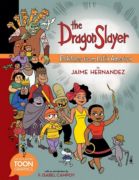
A collection of three Mexican folktales retold in graphic novel form.
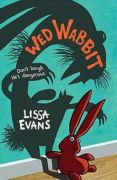
Wed Wabbit is an adventure about friendship, danger, and the terror of never being able to get back home again. And it’s funny. It’s seriously funny.
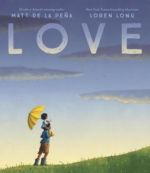
Illustrations and easy-to-read text celebrate the bonds of love that connect us all.
Featured in Volume X, Issue 3 of WOW Review